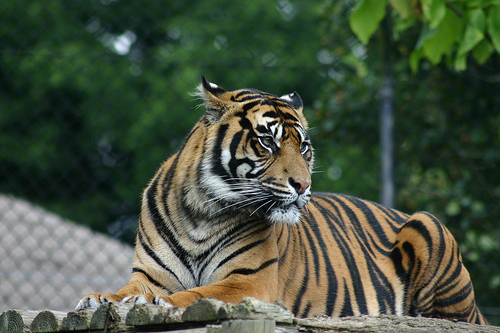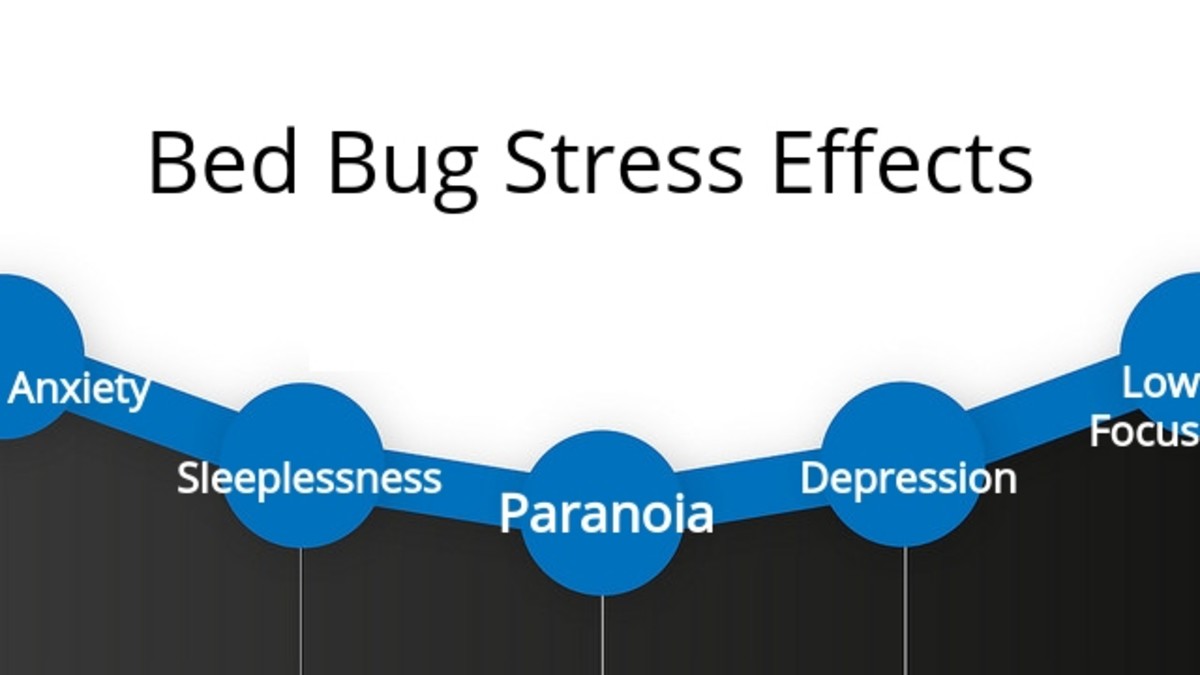Anxiety and the Fight or Flight Response
What Causes Stress and Anxiety?
While the stress and strife of everyday living have impacted most people, few realize the extent to which their bodies have become accustomed to staying keyed up, tense and overly ready to thwart our adversaries, real or anticipated. Walter B Cannon, a Harvard Psychologist called the physical components of the reaction to perceived danger the “Fight or Flight Response.”
Anxiety is a major part of modern life. This article looks at the question "what causes stress and anxiety?" from the perspective of your brain and body, dicsussing how our body reacts to fear, anxiety, and stress.
Something to Fear?

Fight or Flight Response
The acute physical reaction when you’re stressed is hardwired in your genes- it has its origins in adaptive and helpful reactions you get in situations that evoke fear. When you’re afraid, your body and brain automatically makes several changes in order to help you deal with the perceived threat.
For example, if you were concerned that a saber-tooth tiger might be outside your door, it wouldn’t be unreasonable for your body to make a few changes.
It would probably be helpful if some or most of your muscles tensed, so that you could run away and climb a tree, or stay and fight the tiger. Psychologists following the lead of Cannon have come to call this the Fight or Flight response. In addition to muscle tension, you would probably be better off if you had some extra oxygen as fuel. That’s why in times of stress, we often breathe more short rapid breaths in order to have plenty of oxygen. Your body also pumps stress hormones like cortisol and adrenaline at the first signs of stress.
Video on Fight or Flight
Other Signs of Fight or Flight Response
The body also makes several other changes. For example, the last thing you need to do when you’re running away from - or fighting - the tiger, is to leisurely digest your food. Eating and digestion is a good practice for sitting around the campfire or eating a comfortable family dinner. Not so when in danger. Anything in your stomach, during the fight/flight predicament, just sits there. It is not surprising that diarrhea, gas, and other stomach symptoms can occur when you are dealing with stress.
Another change in your body, during fight or flight, is that the blood in your system goes away from the smaller veins and vessels and is diverted to the core of your body where your heart and your head form a central line, and to the large muscles. The blood drains away from your extremities, such as your hands and feet, both of which can become cold and clammy as a result. Your body may be smarter than you realize, because if the tiger took a bite out of your leg or you stepped on a sharp rock, you would not bleed out.
In fact, if I were to come across an accident I might be able to tell you whether or not the driver saw it coming. If there was a lot of blood there was a good chance that the driver was blindsided and had no time to react; because there was no time to pull the blood in, to the center of the body, away from the injuries.
These and other reactions and signs of stress, like high blood pressure, are part of the reaction to the body to fear, but also to chronic stress. The same set of physical reactions are present in situations where we are not as clearly aware of what the fear(s) might be. Anxiety and stress are both reactions to threats that we typically are not consciously able to identify. In modern society, there aren't as many saber-tooth tigers, but the cost of civilization - especially in the United States - is that we walk around in a constant state of readiness to run from that tiger, and the signs of stress are written all over our bodies.
stress management

The Autonomic Nervous System
Your body reacts more or less automatically, and this physical readiness is handled by the operating system of the body that we call the autonomic nervous system. The part of that system that keeps you “raring to go” is referred to as the sympathetic nervous system. What most people don’t realize is that there is a parallel system that is designed to keep all that extra energy in check.
Our body is a cleverly crafted system of checks and balances, and the parasympathetic nervous system, involves all the opposite reactions- responses geared instead to calming down or relaxing that system. Instead of rapid short breaths, to relax or chill, we can take deep full breaths at a slow and relaxing pace. We can relax the muscles, and we can get our hands and feet instead to be warm and toasty.
All of these relaxing responses are also normally done in an unconscious manner, however most of us are not nearly as good at switching to a lower gear as we are at getting keyed up. Many of the stress management techniques and other skills that psychologists teach, are aimed directly at mobilizing the part of our nervous system that’s geared to relaxing.
Understanding the role your body plays in anxiety and stress, and knowing about the Fight or Flight Response, can be an important first step in learning to manage your anxiety and signs of stress in a holistic manner.
Photo Credit: Stressful Tiger by Dave Stokes; eraser by Alan Cleaver








